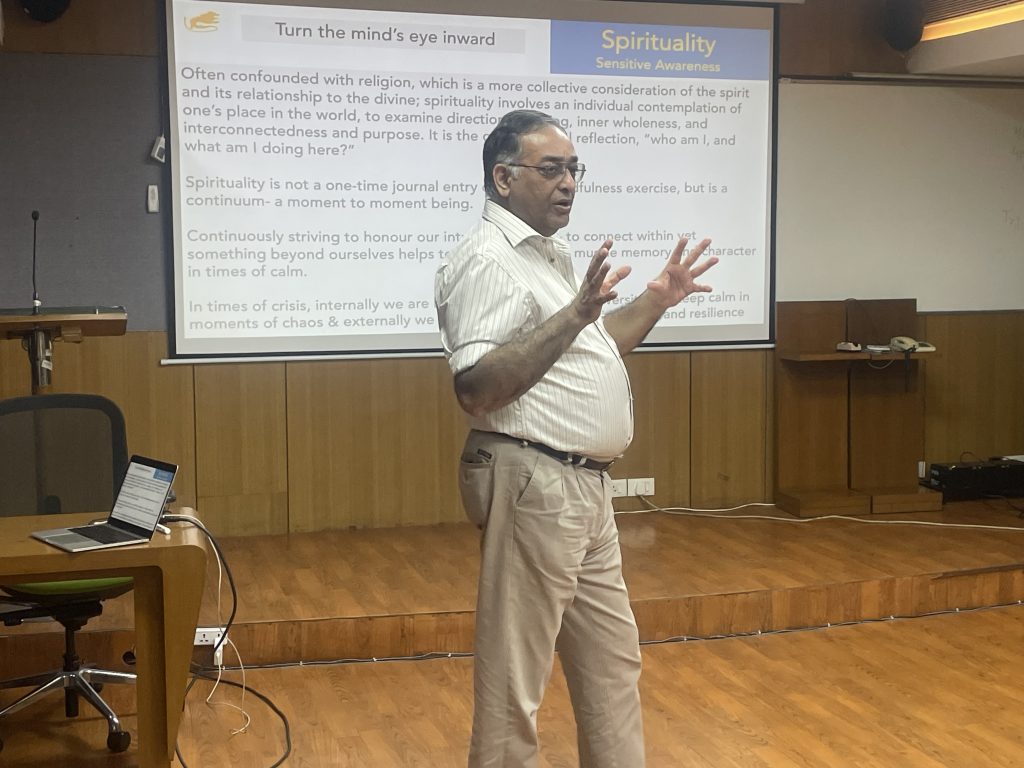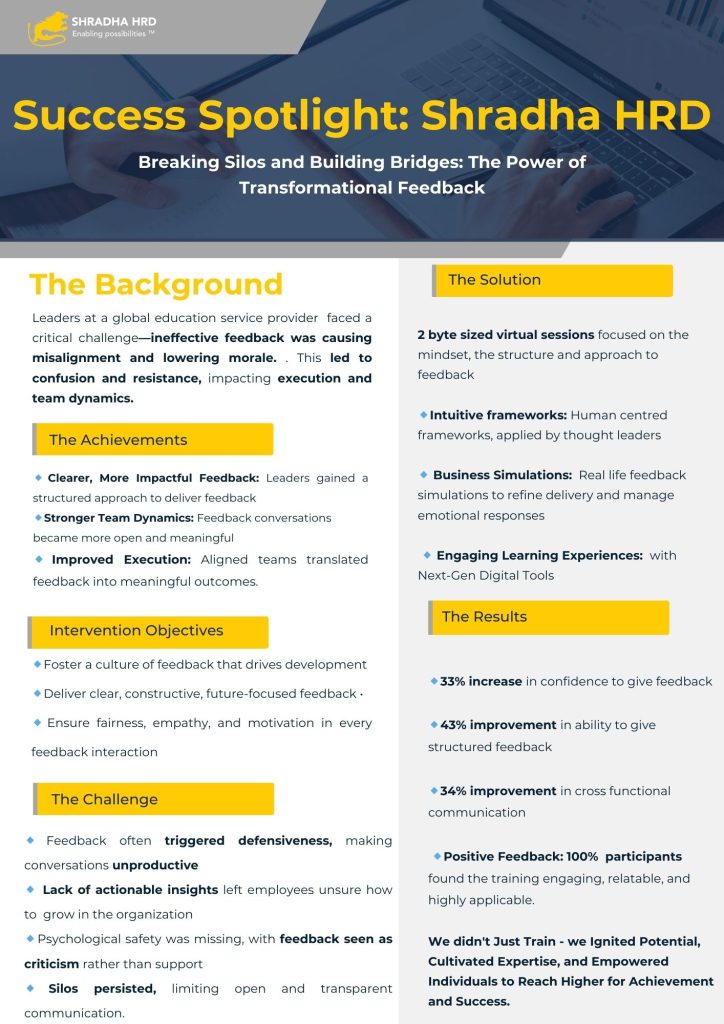
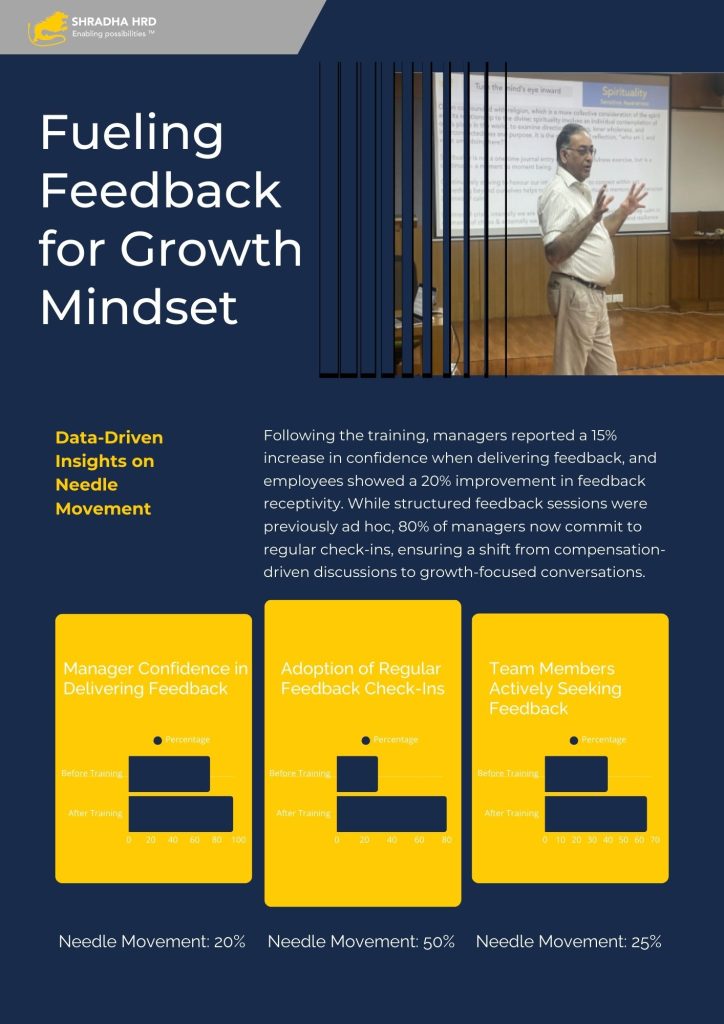
The human mind is capable of wonderful things. All it needs is the correct stimulus to unlock its latent potential. That’s the insight that drives us every day at Andragogy; as we go about exploring the limits of excellence and Enabling Possibilities in everything we do.
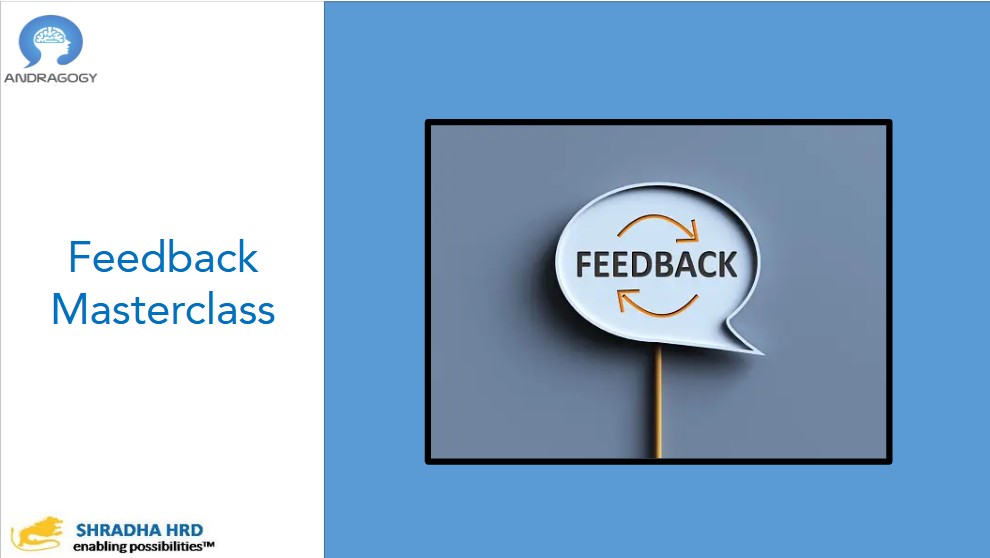


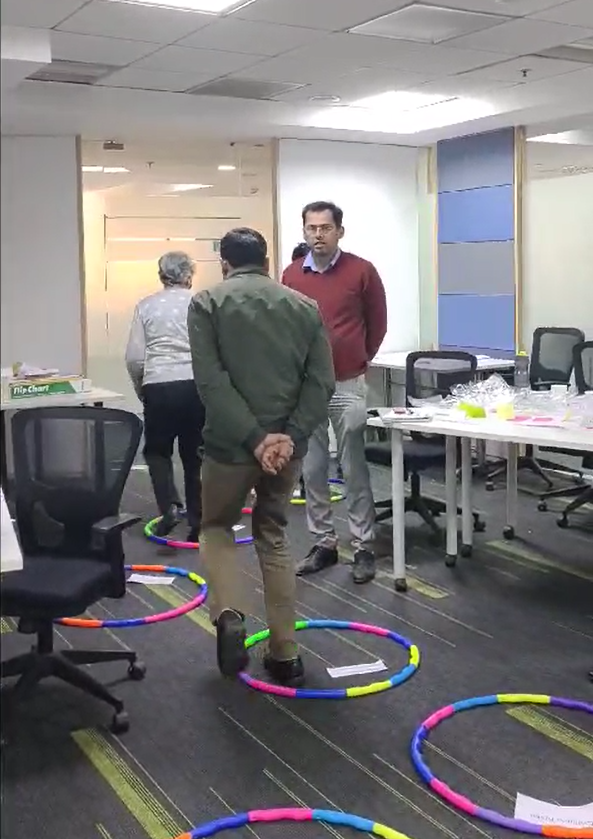
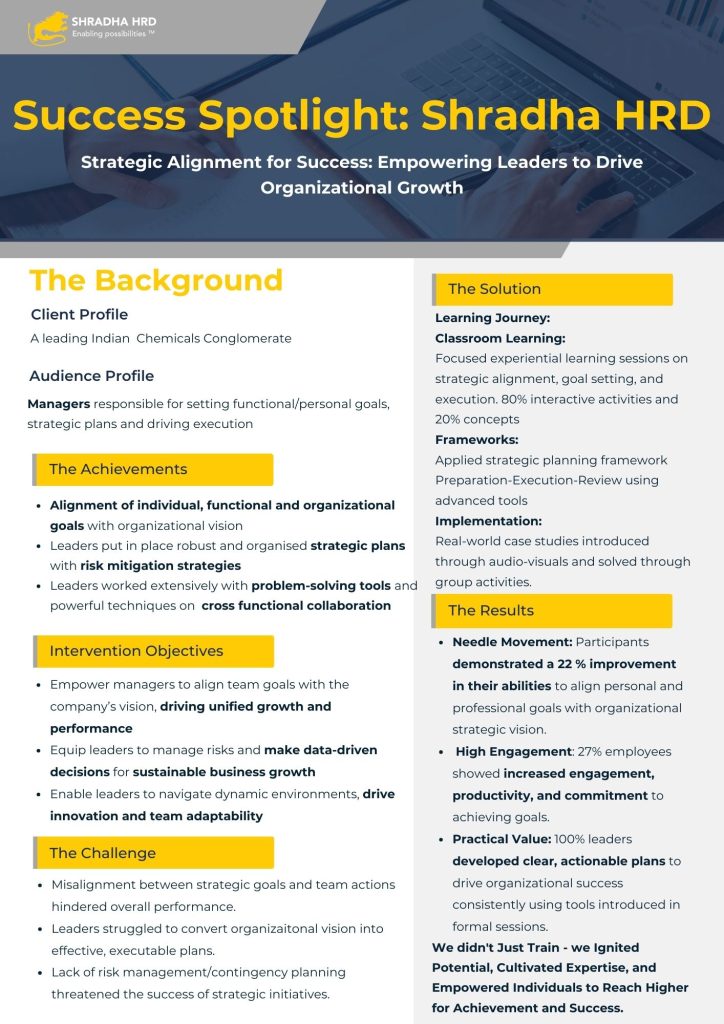
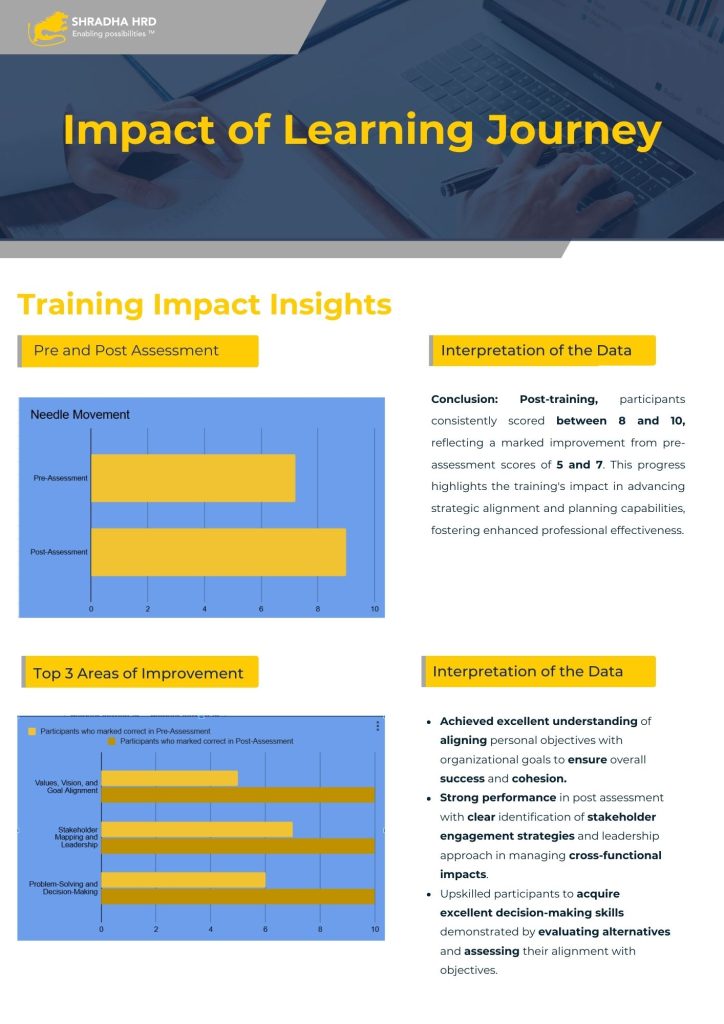


I came across this amazing story of P Gopichand (2002 All England Badminton title winner) who is transforming the lives of athletes, mired in poverty and empowering them to win accolades for India
Some success stories:
All this started when Gopichand noticed that several women athletes would periodically miss practice sessions. He learned that many were too poor to afford sanitary pads, and would need to miss training during periods.
This discovery led to an initiative that has now produced several national and international athletes for India.
The journey:
This is really a story of finding true purpose, service and transforming lives of those around us !!!!!


Do women get better returns on Financial Investments or men? I asked 20 people around me this question. 18 out of 20 people, from across the spectrum said….Men. Data tells us differently. Survey results released by ET Money on International Women’s Day:
A large percentage of women I know (including serious career women), shy away from handling their finances (me included, till a couple of years ago). This survey gives a clear reason why, we as women should step up and get involved in our financial planning. For me it was a little bit of a comfort zone to leave the stress to someone else. Once I started, I found it liberating. There was a sense of taking control.
I believe each of us should take up tasks based on our core competence but till we don’t try, how do we know how good we can be.
To all the super talented & intelligent women I know: stretch your comfort zone and step up!!!!!!
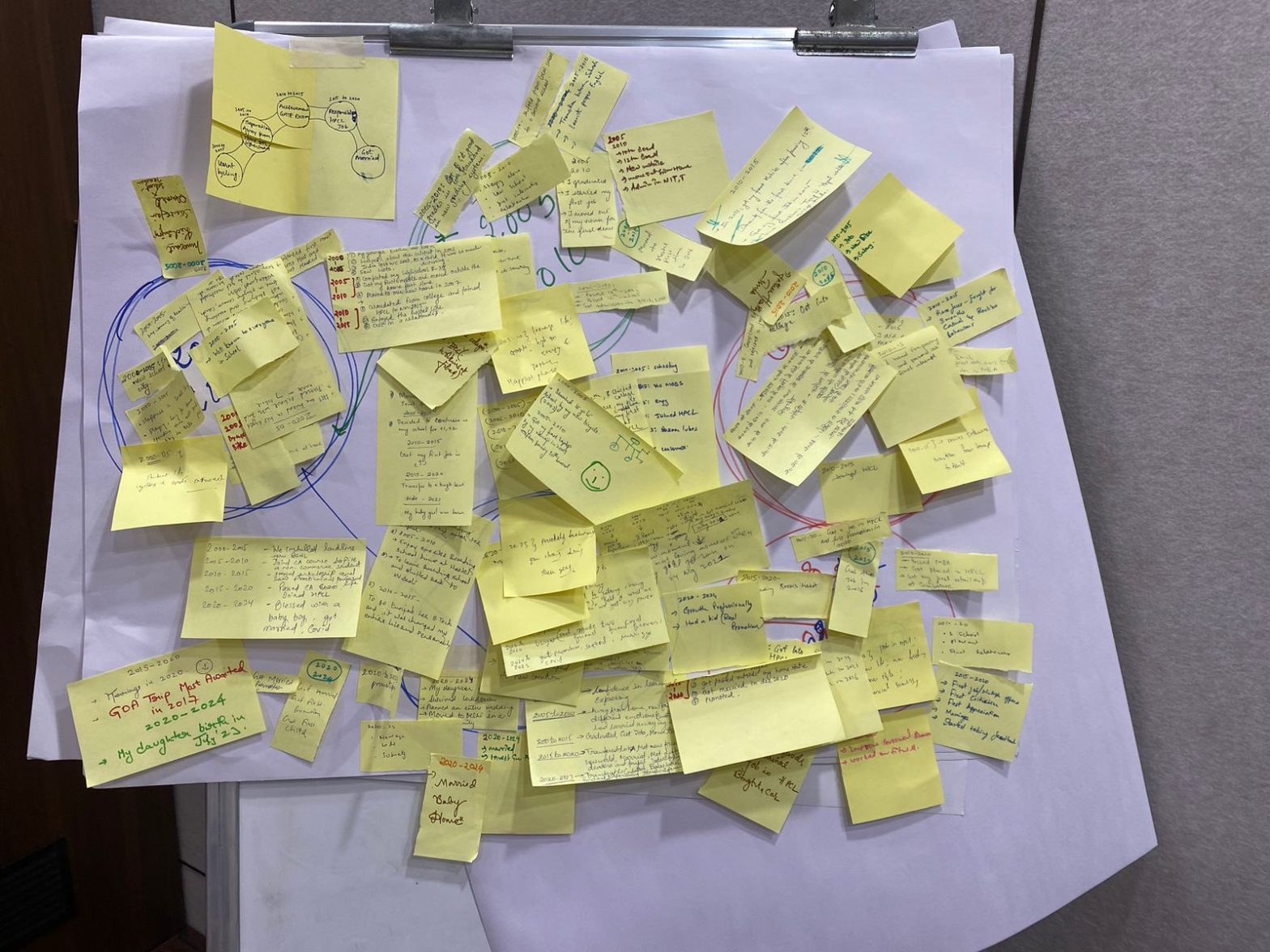
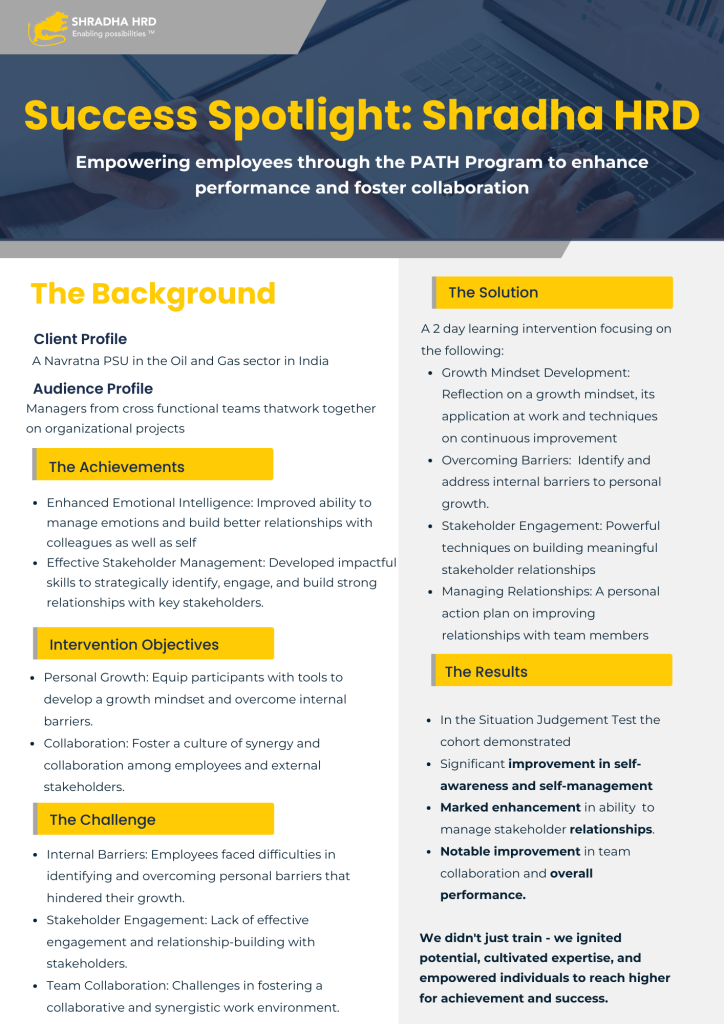
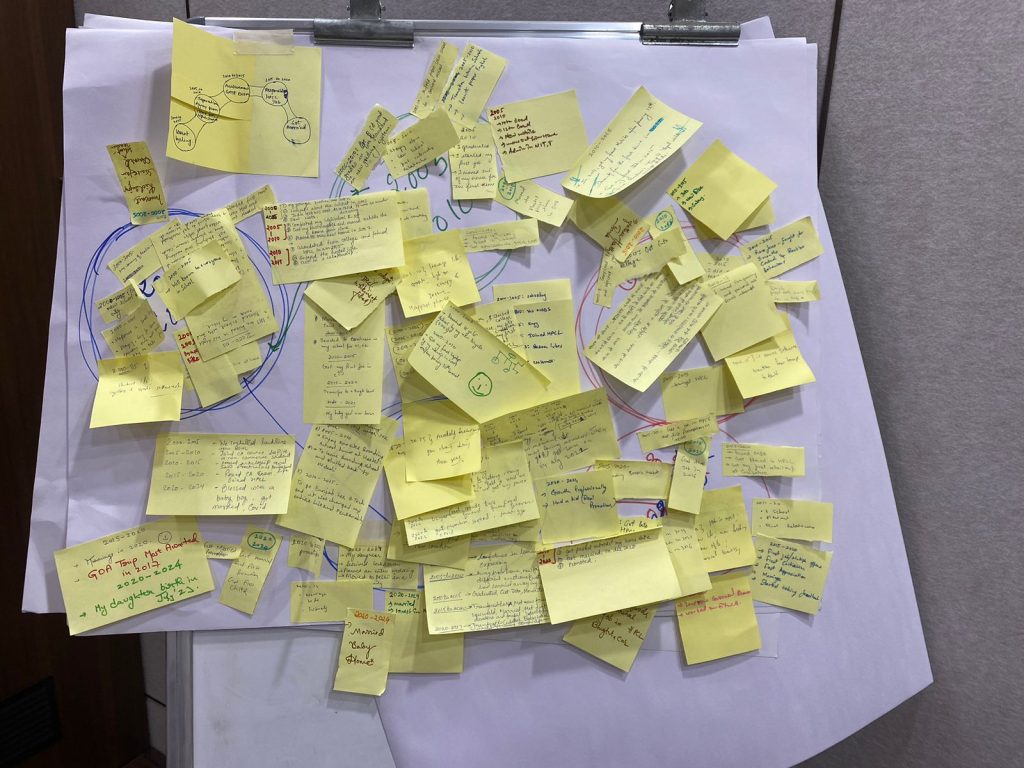
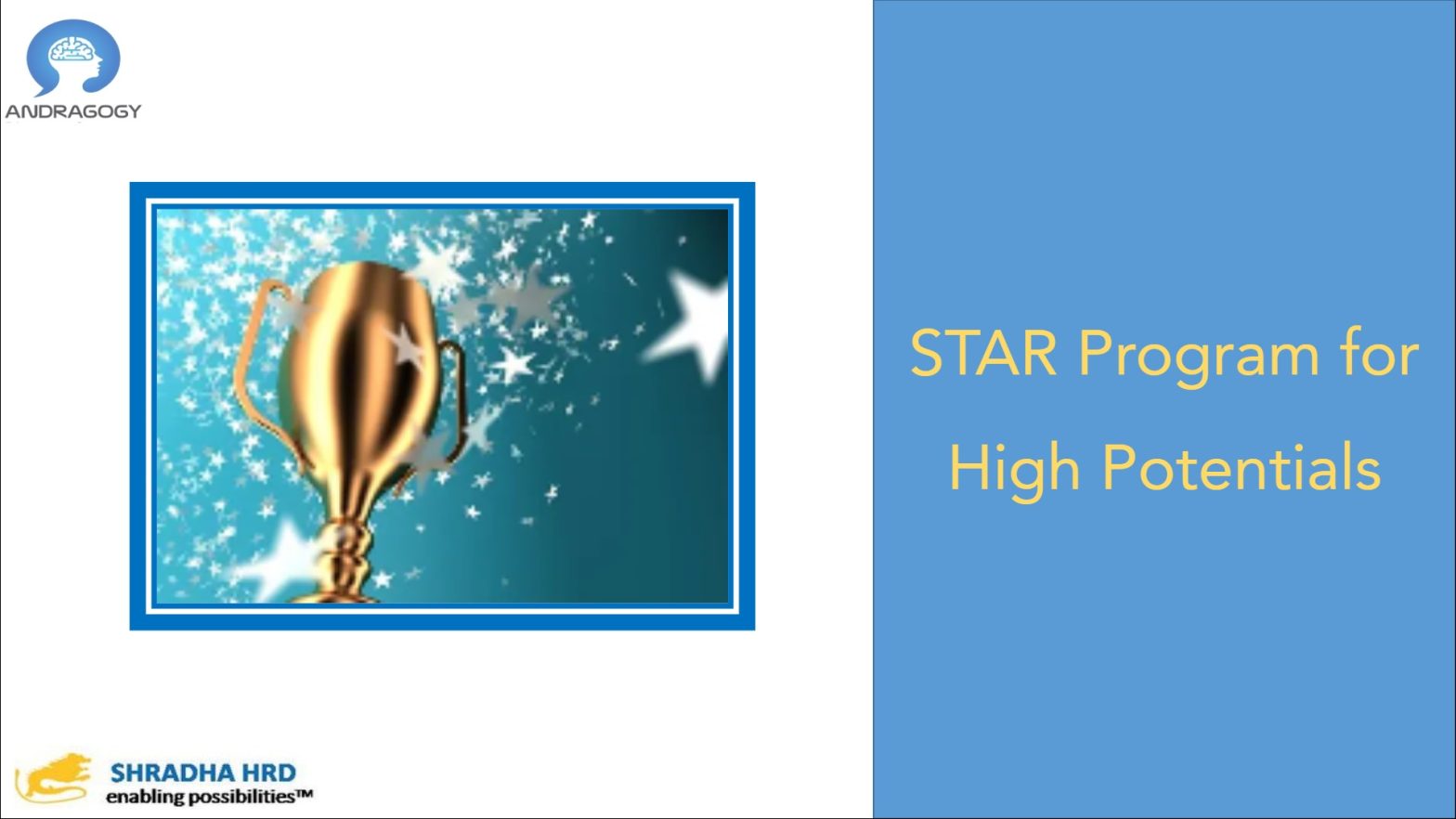
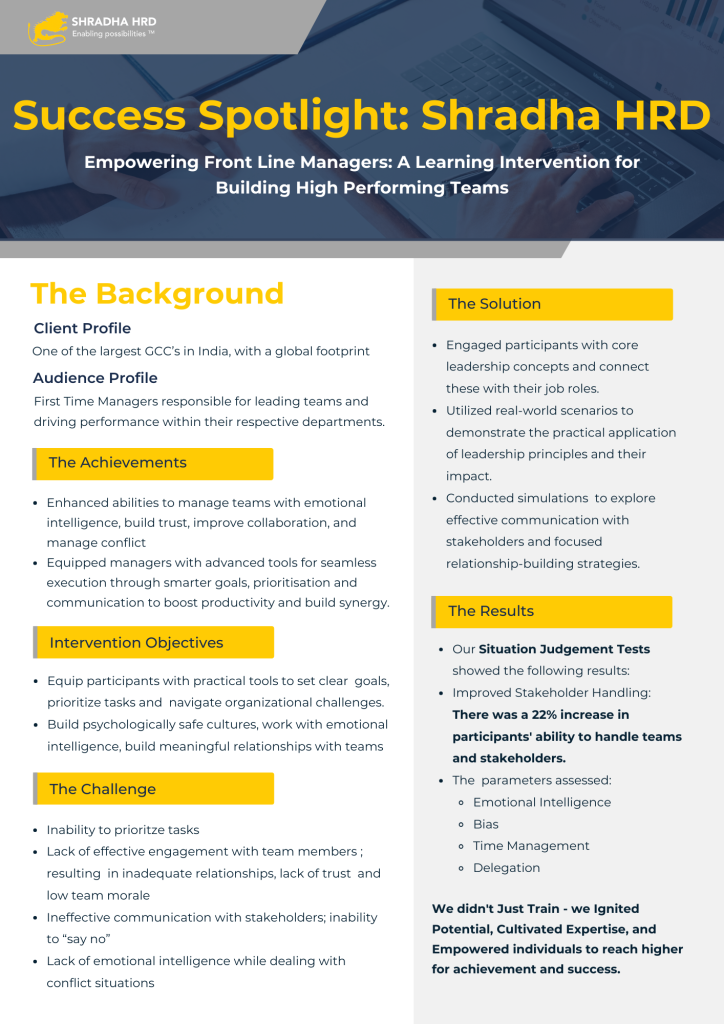
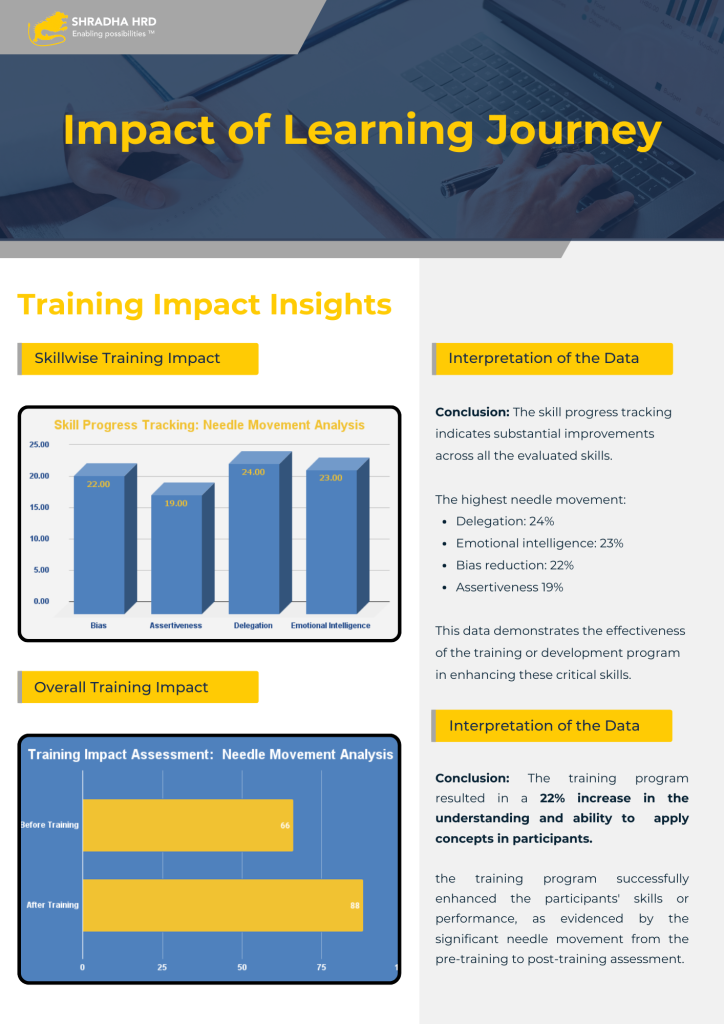
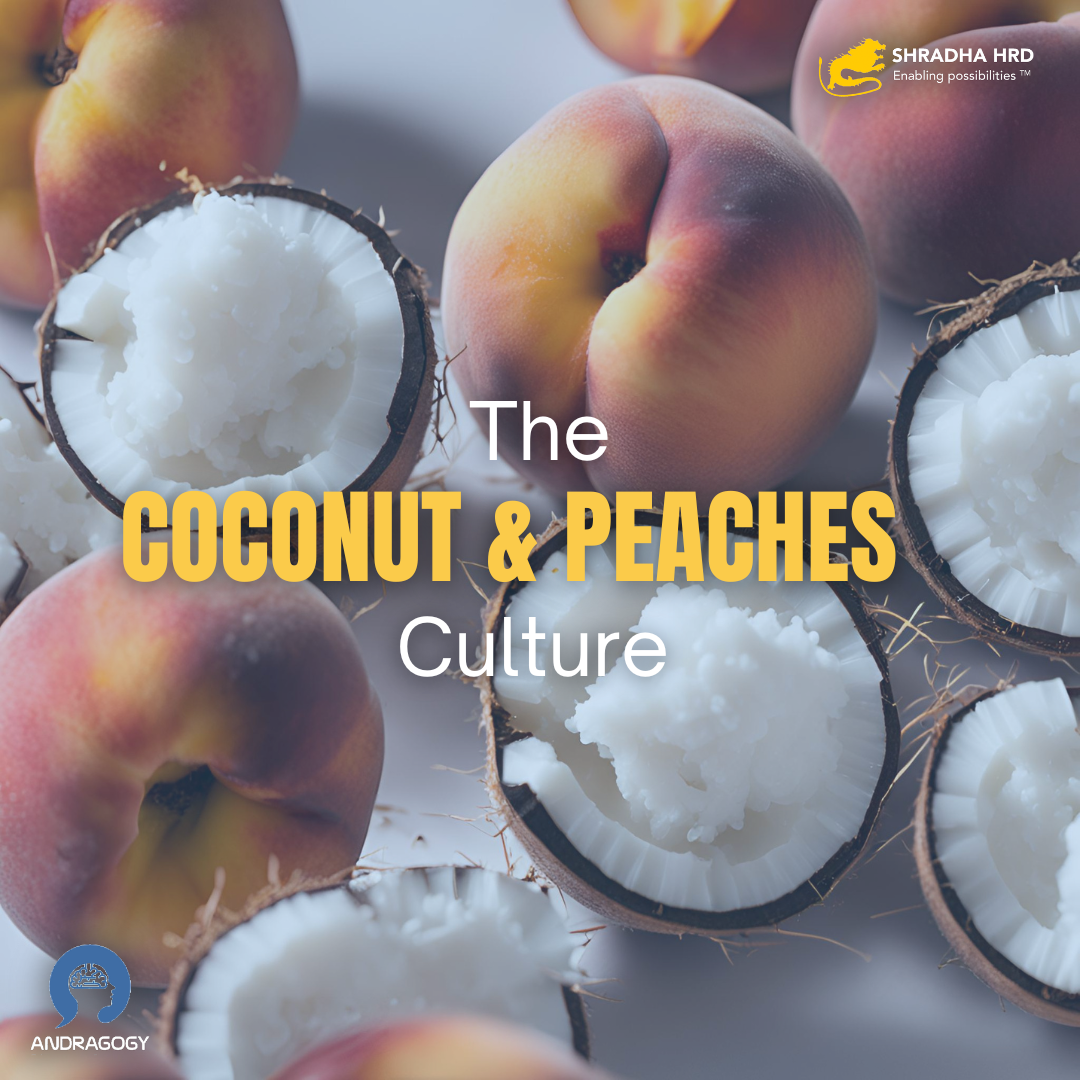

I came across a fascinating analogy to explain cultural differences. Peach and Coconut cultures. Peaches are soft on the outside with a hard nut concealed, at the core. Coconuts are hard on the outside but completely soft and pliable as we move within.
Ring any bells?
Several colleagues and clients are taken aback by the friendly demeanour they encounter when they travel to certain cultures in the West. A story to illustrate. A colleague, on a long-haul flight, had a very friendly American gentleman sitting next to him. They had a long, warm and interesting conversation on places to go visit, things to do etc. While disembarking, our colleague asked for his co-travellers number, in case he needed any information. The gentleman just walked on. An example of the Peaches Culture.
Conversely, I’ve had conversations with American friends who often say; it’s so hard to connect with Indians. They tend to be so reserved and formal. Even in something as basic as a greeting. A great example of a coconut culture
Our take: Cultivating cultural intelligence is essential. It is often achieved through initiatives such as cross-cultural training and open conversations.
Listening, observing and adapting communication styles to accommodate varying preferences for directness and assertiveness across cultures fosters effective interaction, understanding and communication
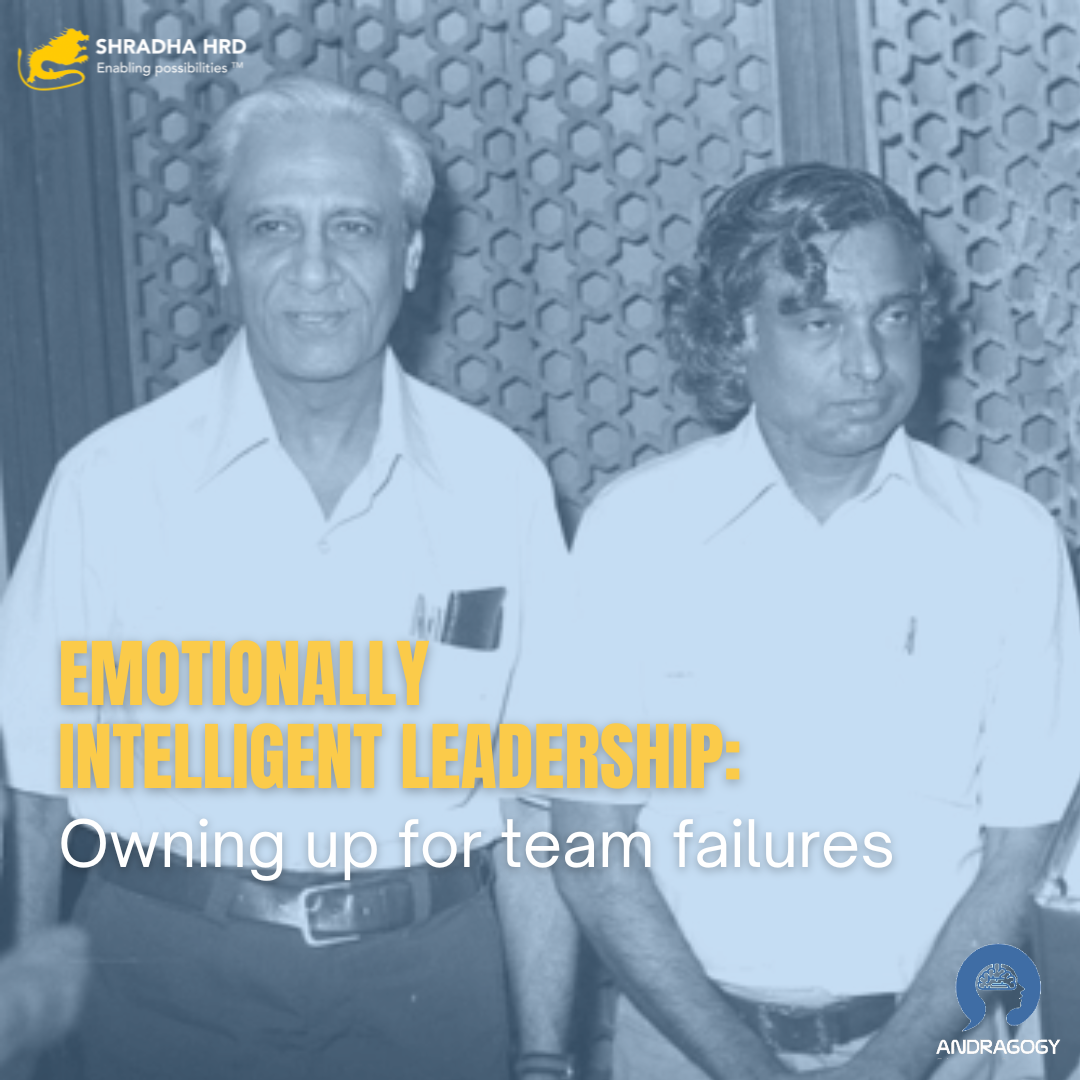
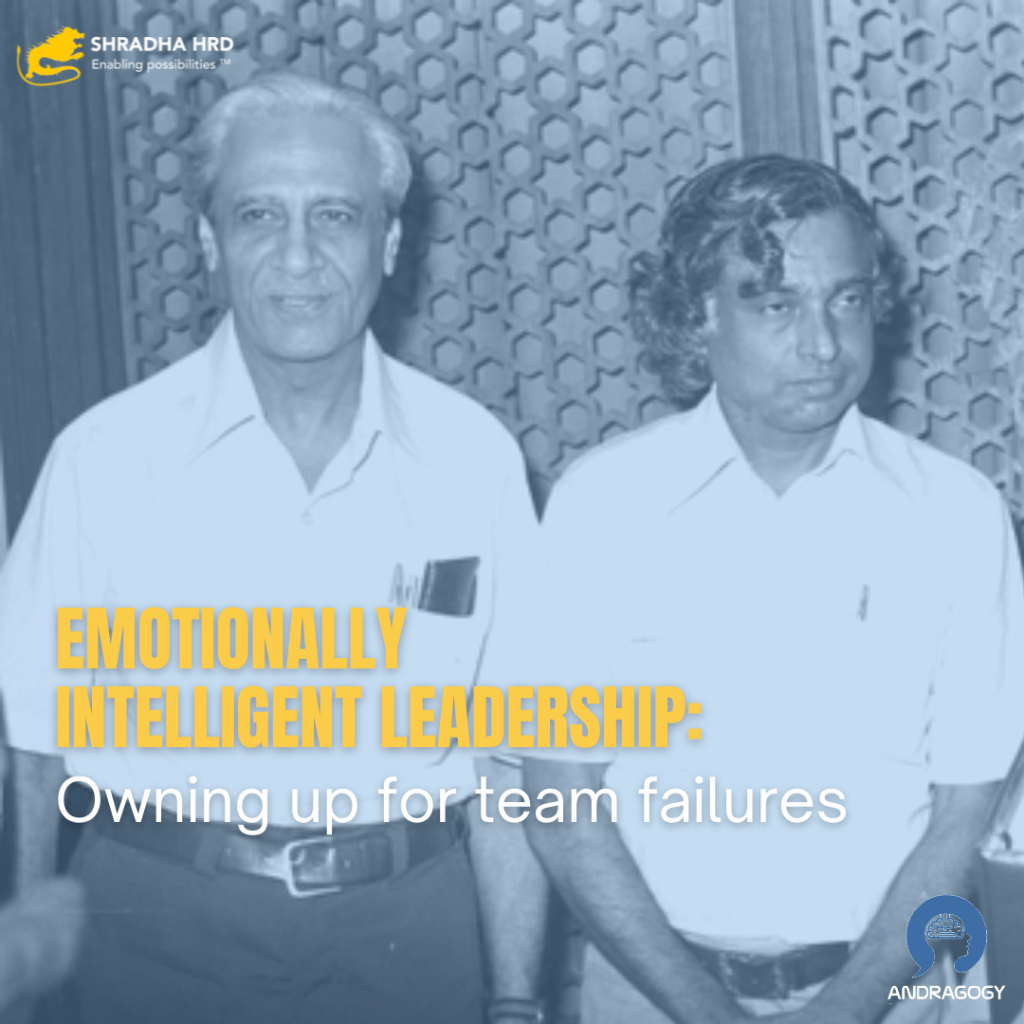
Mission Mangal gives a fascinating story on how leaders should behave, when the chips are down. It is based on a true story of Dr. Satish Dhawan and Dr. APJ Abdul Kalam.
In the opening scene in Mission Mangal, the leader takes responsibility for the unsuccessful mission, even though his team member is at fault. A year later when the launch is successful, he lets the team member take the credit.
This is modelled around a famous incident that took place when Dr. APJ Abdul Kalam was faced with the SLV-3 failure.
Prof. Satish Dhawan took upon himself the failure of the SLV-3 Mission at a public Press conference. A year later, after a successful launch he attributed the success of the subsequent Mission to his team.
Dr Kalam said “I learned a very important lesson that day. When failure occurred, the leader of the organisation owned that failure. When success came, he gave it to his team. The best management lesson I have learned did not come to me from reading a book; it came from that experience.”
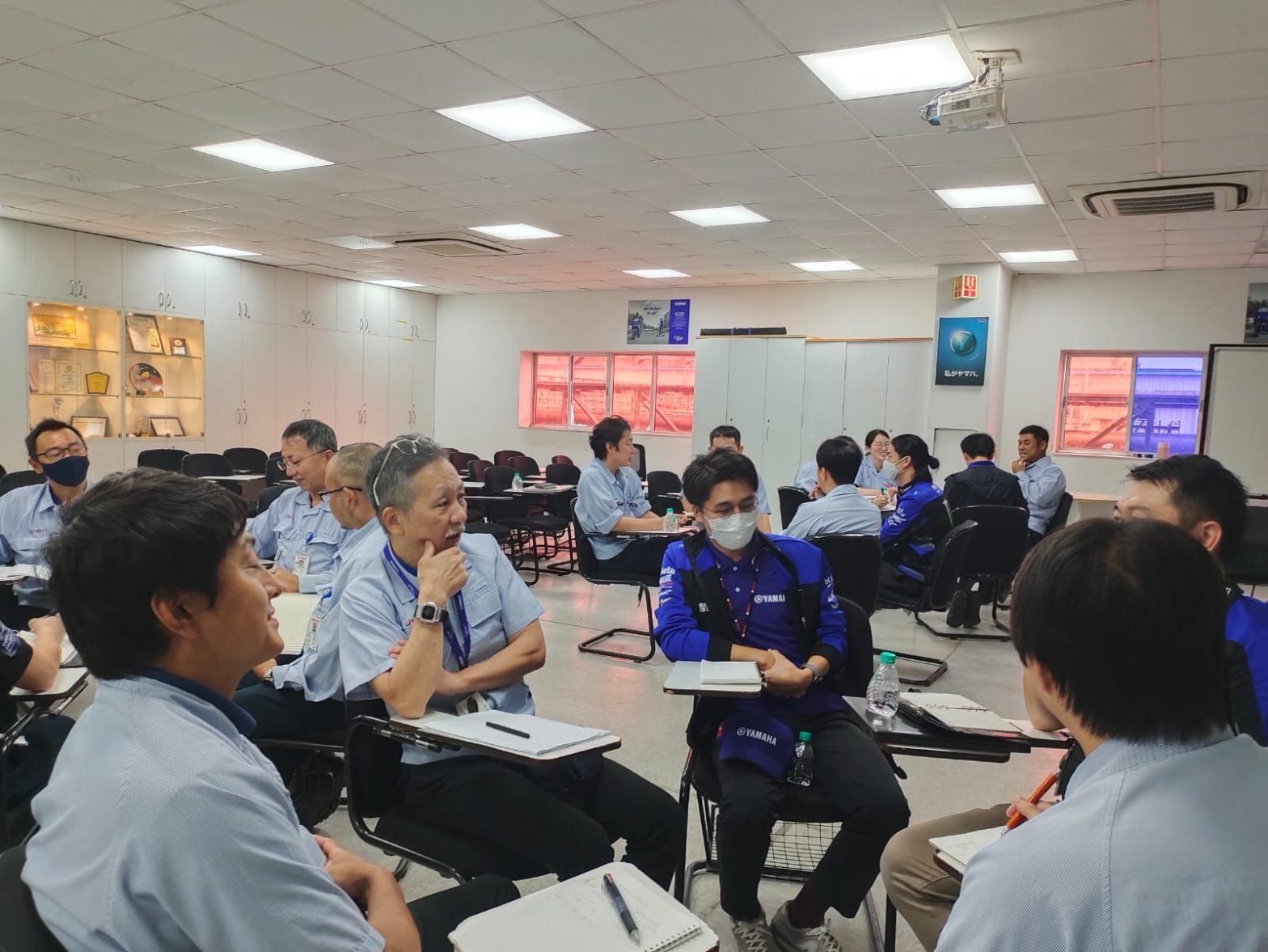
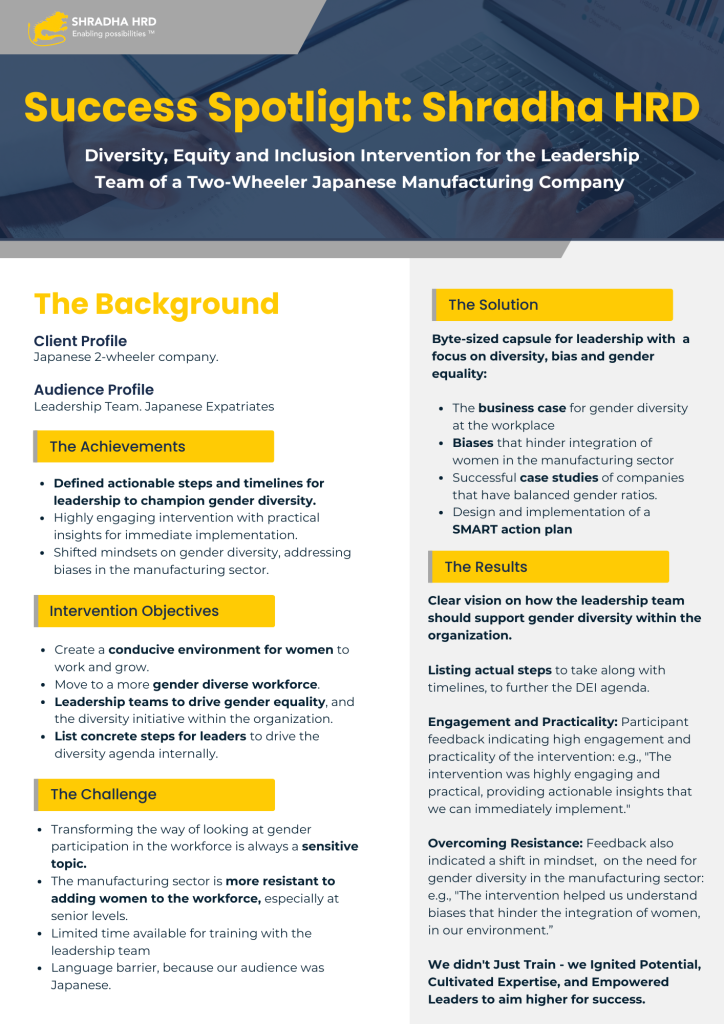
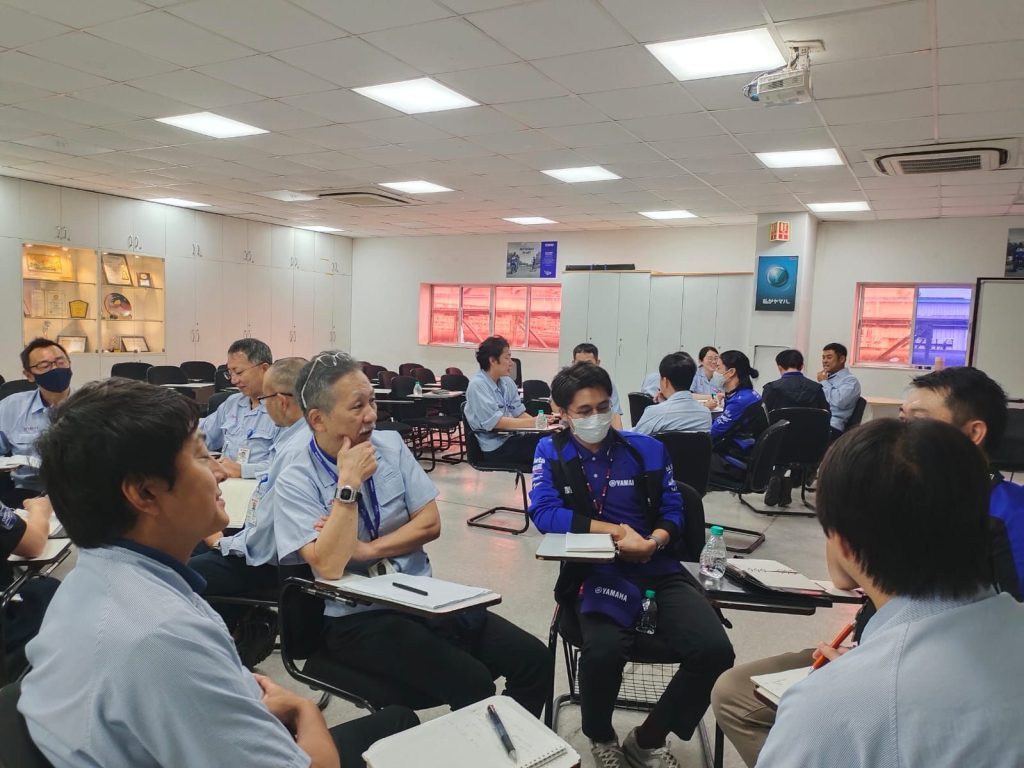
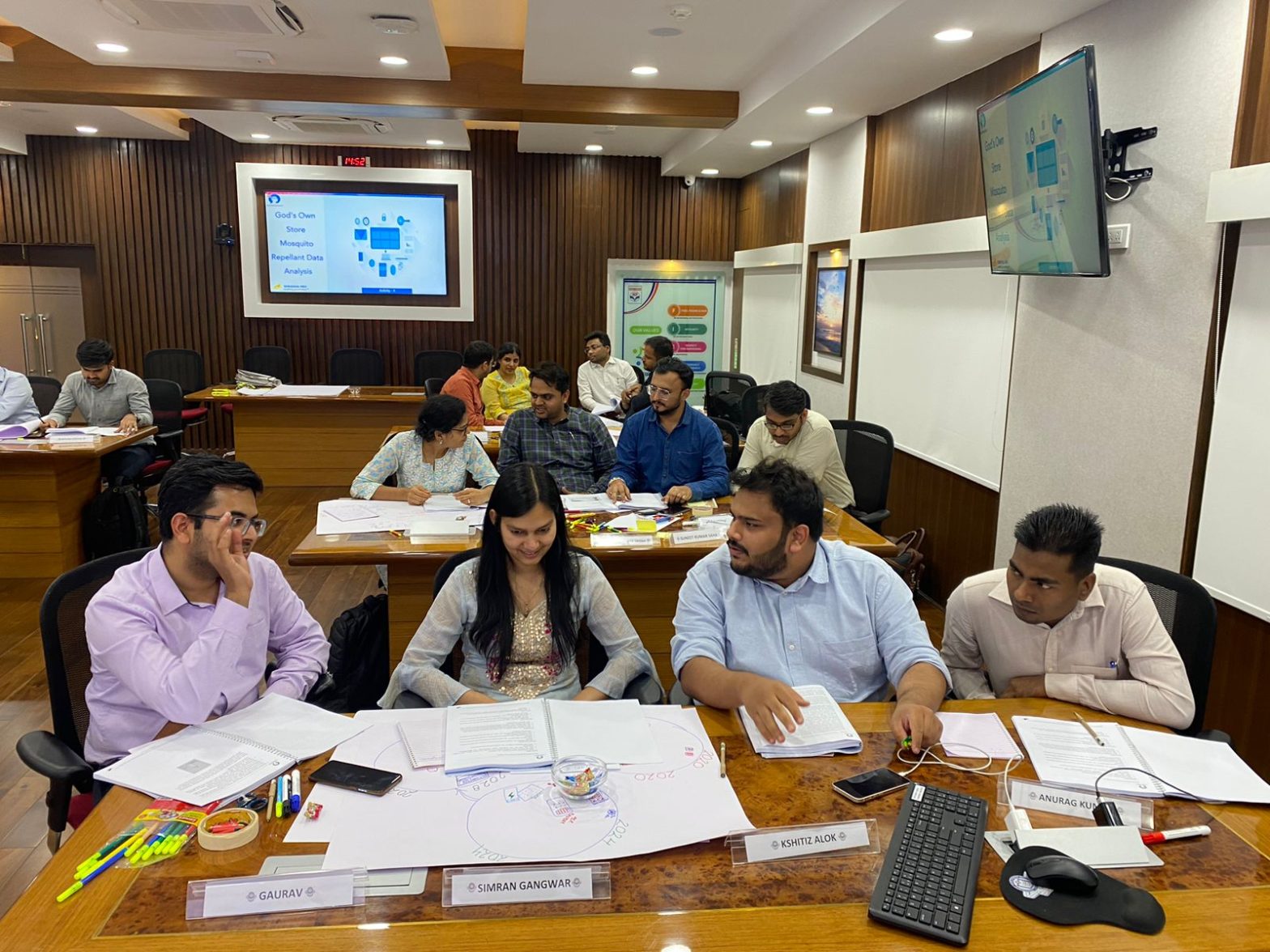

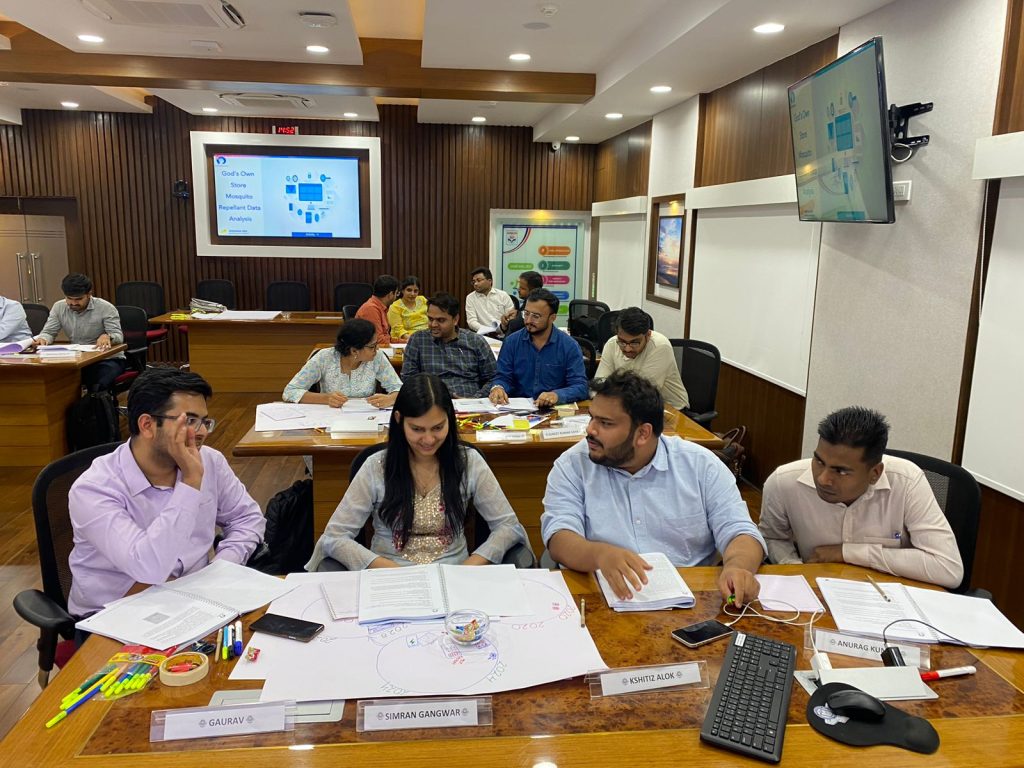



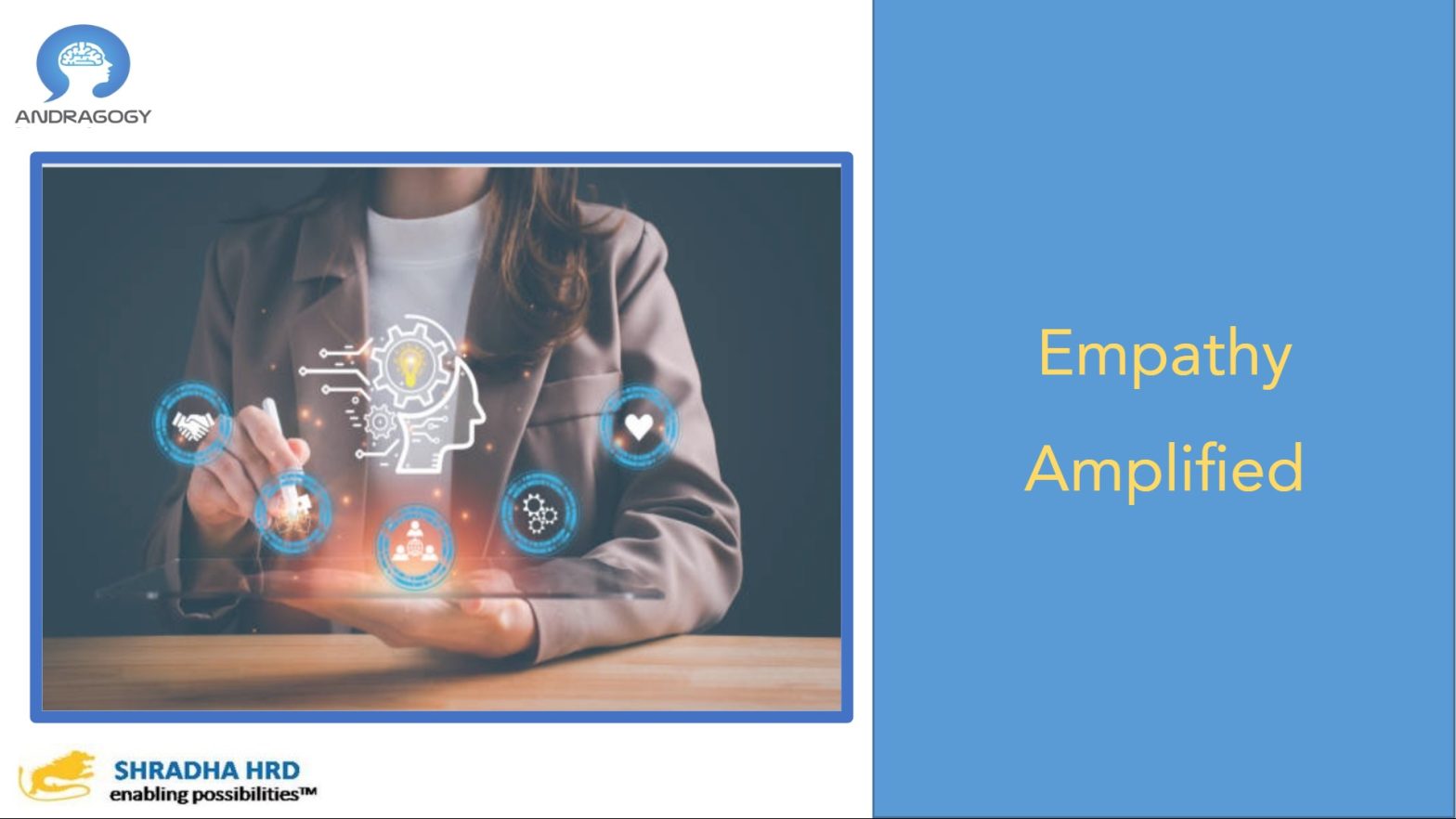
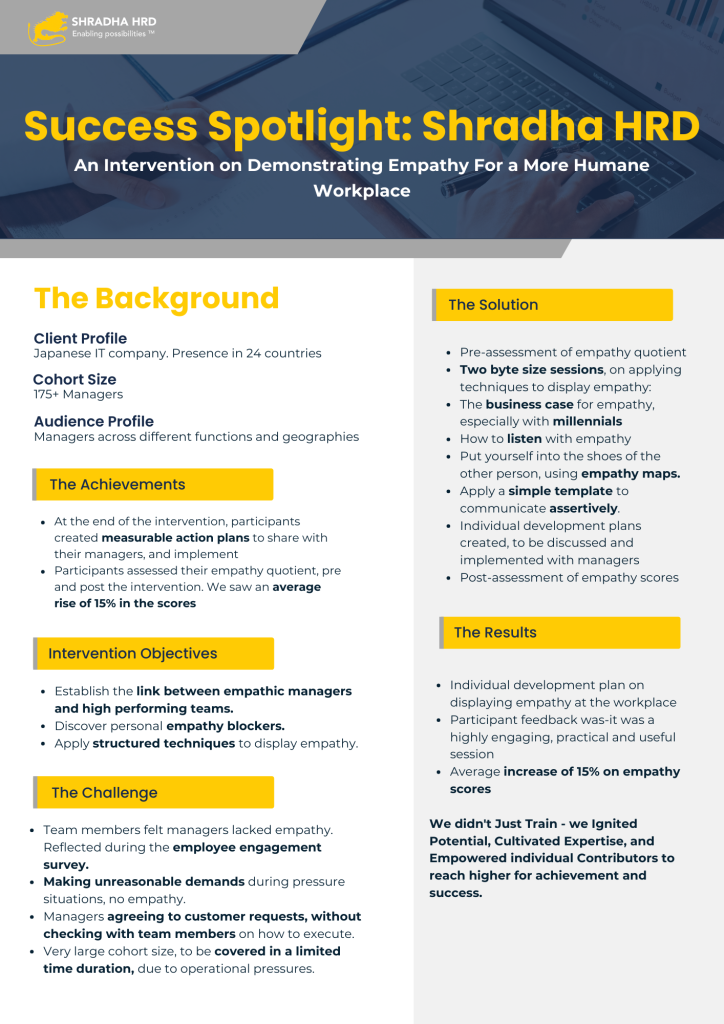

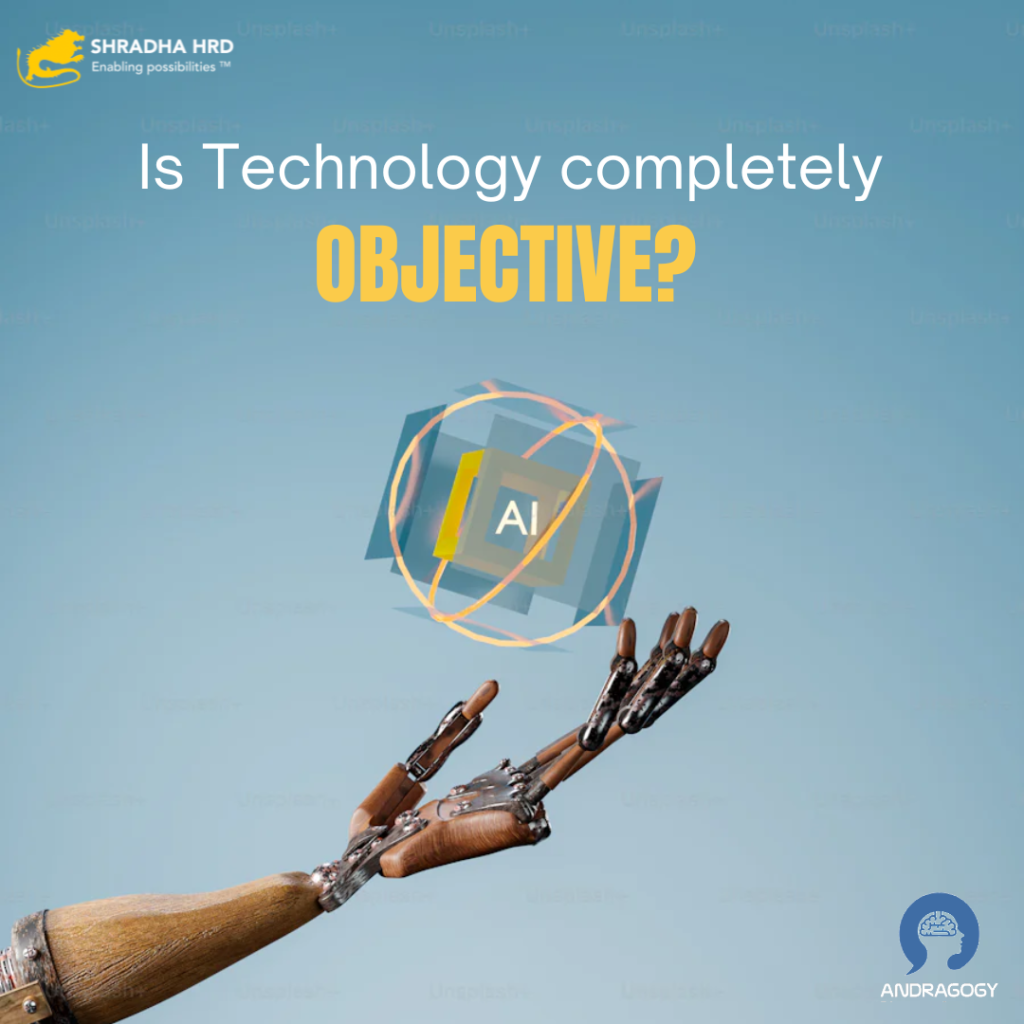
We automatically assume that technology can’t have biases. Only humans have biases. Objective decision making is a compelling reason for technology adoption. However, data tells us a different story. Some interesting data to reflect on:
Why do we see these results?
Tech is largely male-dominated. Recent studies found:
Technologies often reflect the gender biases in society and the lack of diversity in the design teams
Designers and software architects have their own biases. These are reflected in the way they create and train the technologies they work on.
Source: “Sway” by Pragya Agarwal
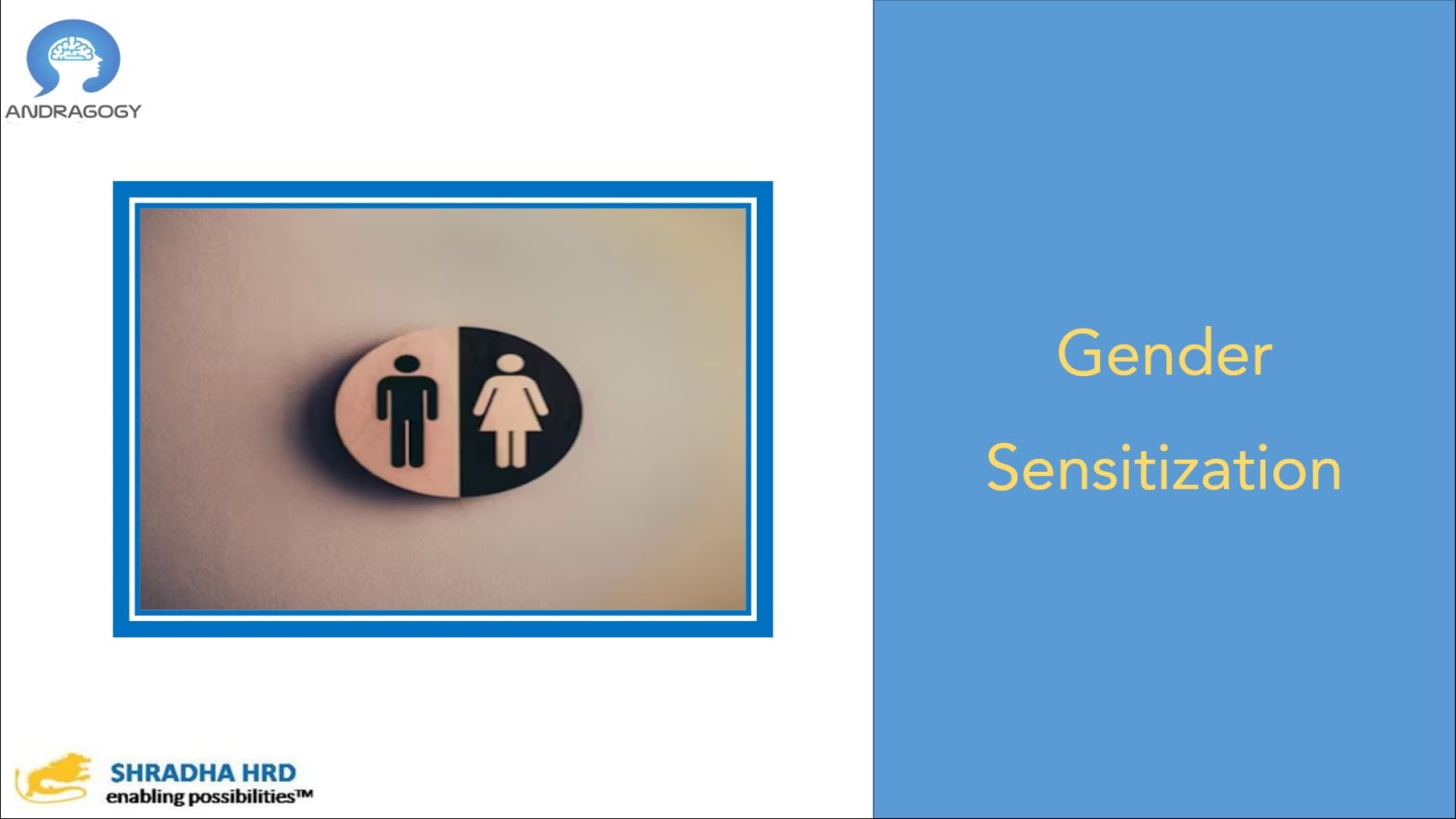
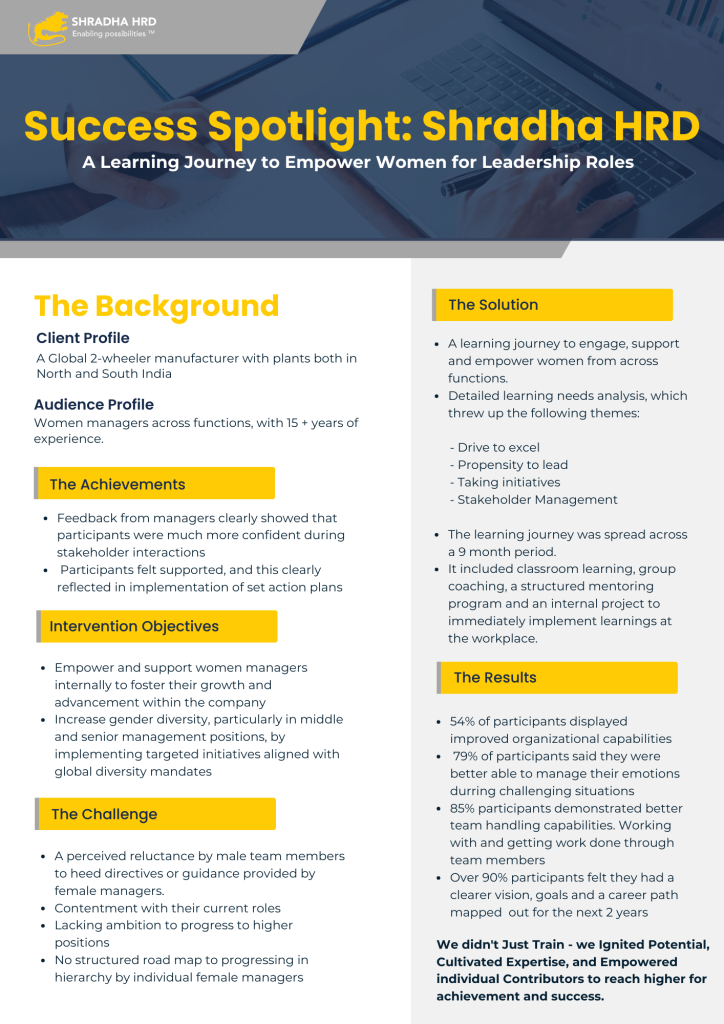
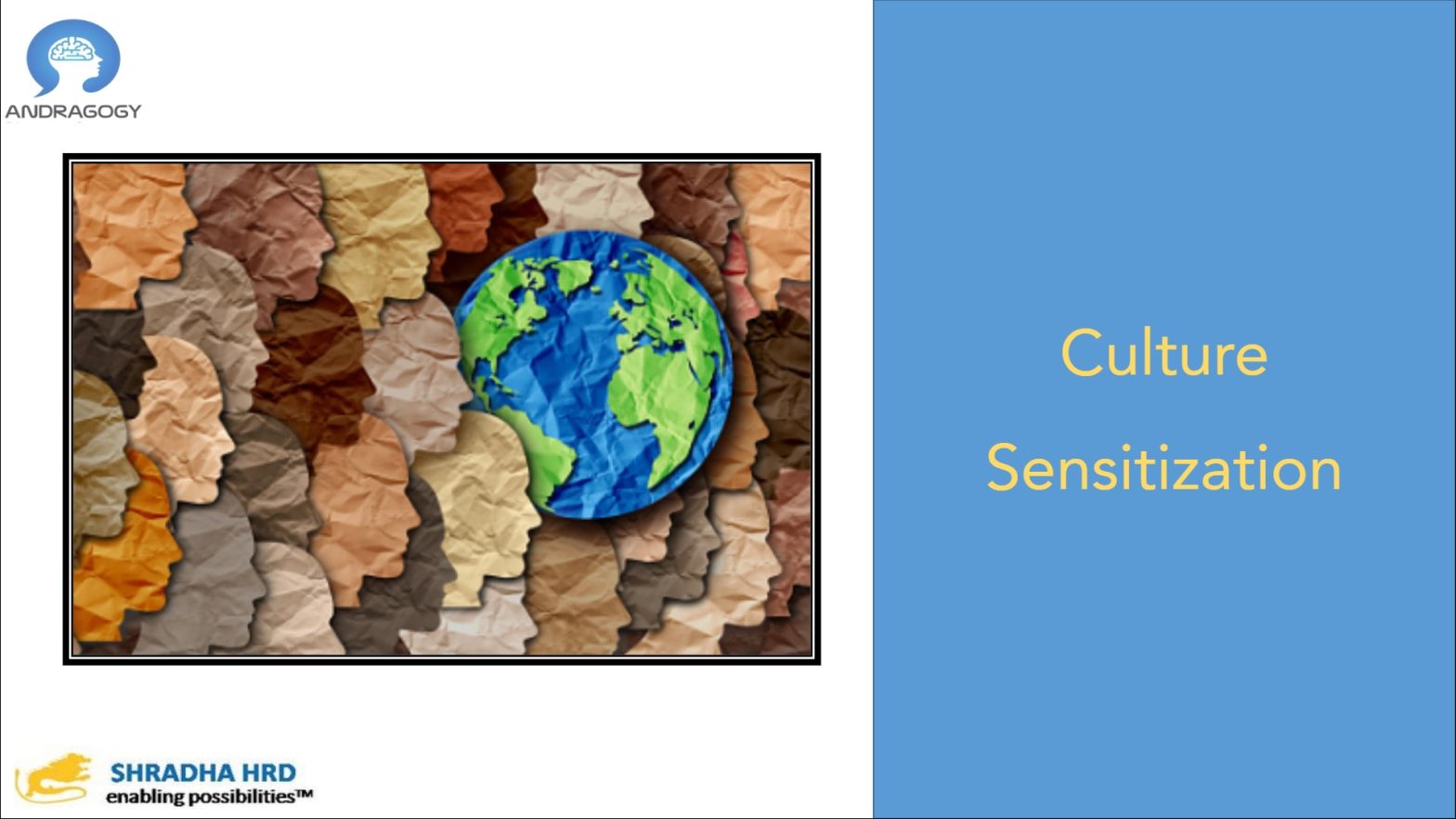
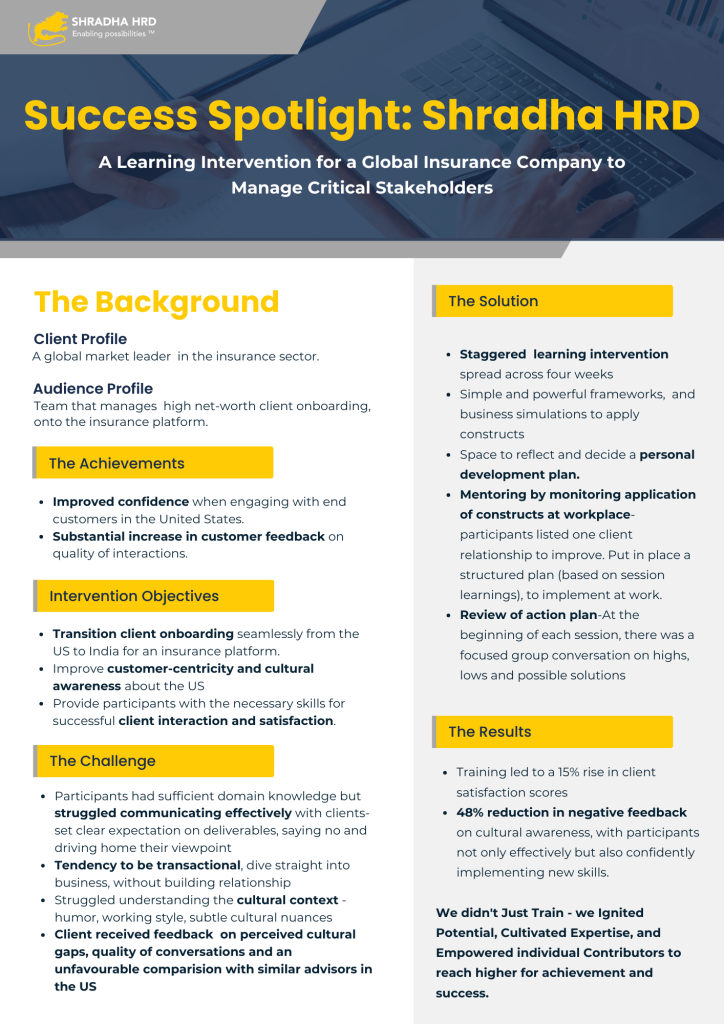


Ownership and accountability is an oft repeated corporate mantra. Recently came across this story in the TOI that embodies these principles. Not set in corporate corridors, it’s the story of 29 year old Yashoda Lodhi, a Youtuber with nearly 2.9 lakh subscribers and 2.6 crore views.
Her USP: Teaching spoken English
Her Background: A resident of Sirathu Kaushambi in rural Uttar Pradesh. Broken education till class 12, married to a daily wage earner, who was robbed temporarily of his earning capacity by an accident, family saddled with a bank loan that paid for her husband’s medical care.
Her Skills: No English speaking that a city private school would hire her for
Her earnings today: Rs. 25,000 a month (which is a large sum in her village)
How she did it:
A great sense of branding. Embracing her social reality and using it as a pull, she calls her YouTube channel “EnglishwithdehatiMadam ”.
Madam has a key understanding of pedagogic fundamentals. Her videos have titles like “how to create an English speaking environment ”, “is grammar important?”, mistake-having a fear of making mistakes. Often her lessons are from a slice of life-conversation between 2 neighbours.
Her journey:
She started with the channels on desi cooking, embroidery and decoration. None worked out. Next, she spent hours on the Internet learning about content creation video editing and ways to gain online traction.
After listening to several motivational speakers fluent in English, she decided to become a motivational dehati speaker who can communicate in English, in May 2022. She says, “I taught herself English and used my dehati identity to gain viewership.”
WOW!!!!!!
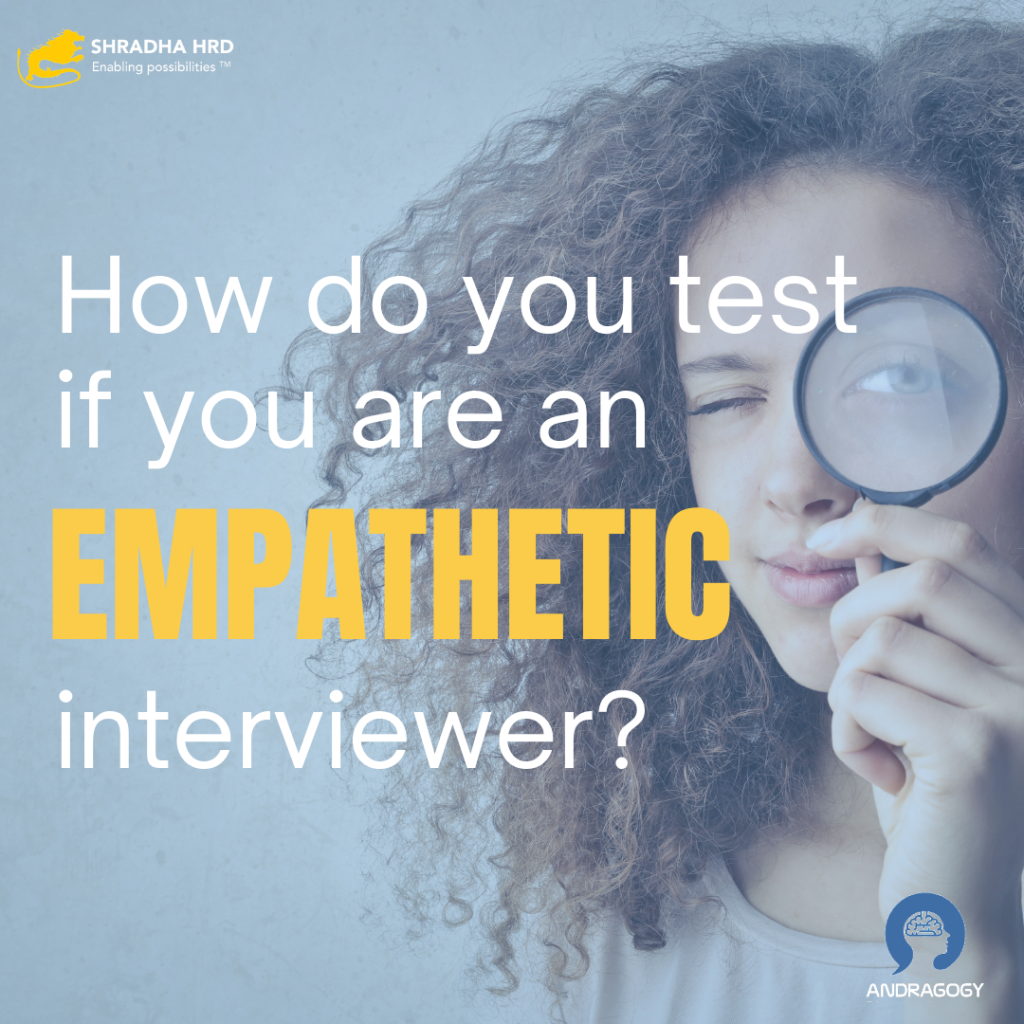
Ask yourself these 3 questions to check if you are an empathetic interviewer? A recent conversation with a young lawyer, about a job interview led to an insight on how interviewers can add to the “interview experience”
The interviewee had an upcoming interview with a Tier 1 law firm. Despite having the necessary qualifications and experience, he had been unable to clear his last 3 interviews.
He reached out to me before his interview and revealed he was a nervous interviewee. His ask: “what should I say/not say during the interview so that I have a better chance of being selected?”
Over the years ShradhaHRD has been involved with several interventions on hashtag#effectiveinterviewing and I did share my perspective on what an interviewee needs to do to showcase his/her profile.
A thought stayed with me for a couple of days-what can interviewers do to improve the process, beyond the general hygiene factors:
The solution:

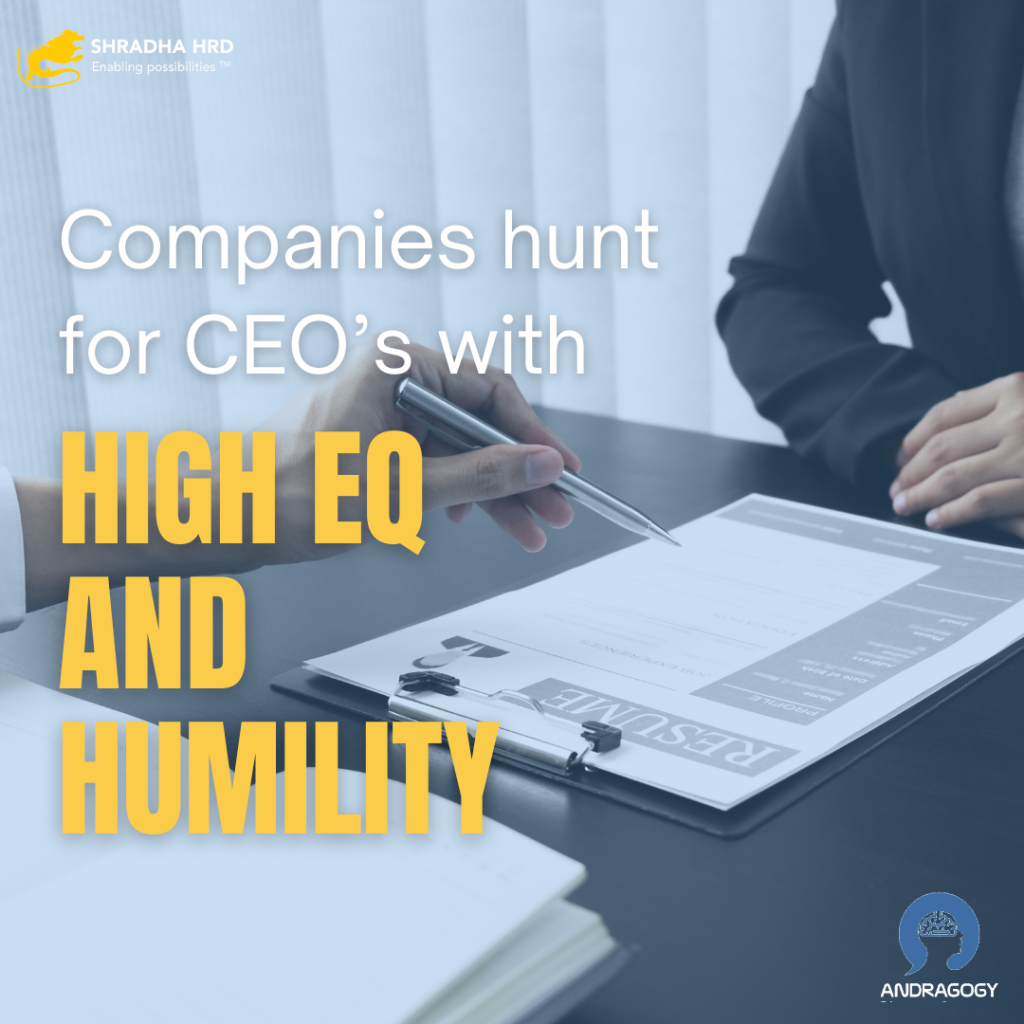
What do companies look for while hiring CEO’s? Statistics from the top recruiters in India tell us-70% of organizations in India were looking for a CEO who is humble, has a high EQ with good people skills. This was clearly called out when they received the hiring mandate from their clients. I read an article a while ago where a senior executive being considered for the position of a CEO was turned down because he was extremely rude to the driver that had come to pick him up for the job interview. The prospective CEO was running late and passed his anxiety and frustration onto the driver who had come to pick him up.
Several companies may overlook senior leaders riding roughshod over the emotions of team members, however we see this trend changing. Slowly but surely, the value of control over one’s emotions, demonstrating emotional intelligence and being empathetic are slowly competencies that people hire for.
Way back in 2008, when ShradhaHRD was conducting an intervention on Conducting appraisals for a Global Bank, it was interesting that the only thing that managers scored their team members on were hard skills. Even though there was a detailed matrix describing expected behaviors to be demonstrated, these were largely overlooked. Less than an hour in an entire year was spent talking about these competencies!!!!!!!!
Thankfully change , ushered in by the growing Millennial population in the workforce and other factors has brought emotional intelligence to the forefront.
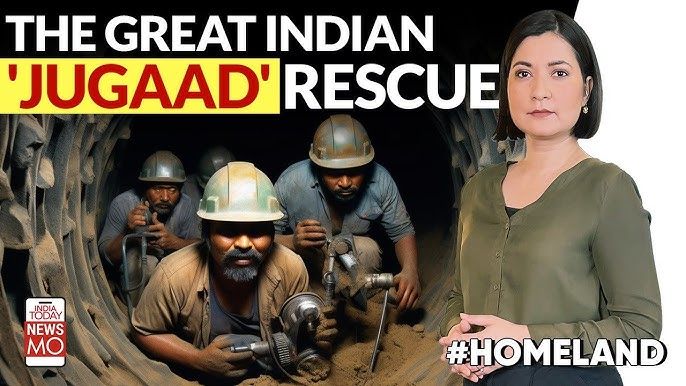

A million dollar rescue machine or “semi-skilled” resources? Most of us would choose the first option for a rescue mission. The rescue of 41 miners by “rat miners” turns conventional wisdom on its head. The learnings are immense:
We often need a multi-pronged approach, that will get the job done. The heavy duty technology, created the path; manpower with relevant skills completed the job.
The rescue effort was a multi-agency collaboration-National Disaster Response Force (NDRF), the State Disaster Response Force (SDRF), the Indian Army, local authorities, experts most notably, Chris Cooper (Micro-tunnelling expert), Tunnelling expert Arnold Dix, Retired Lt Gen Syed Ata Hasnain. Completely different approaches, yet worked together to achieve success.
In an effort that took over 24 hours, the miners worked in two teams of three each, with one person drilling, the second collecting the debris and the third pushing it out of the pipe. It was boiling hot and there were no special suits for protection. Yet the teams worked non-stop till the miners were rescued. Ownership of the task, without considering personal benefits.
A fantastic example of leadership, collaboration and working with a solutions mindset, to achieve a difficult goal.
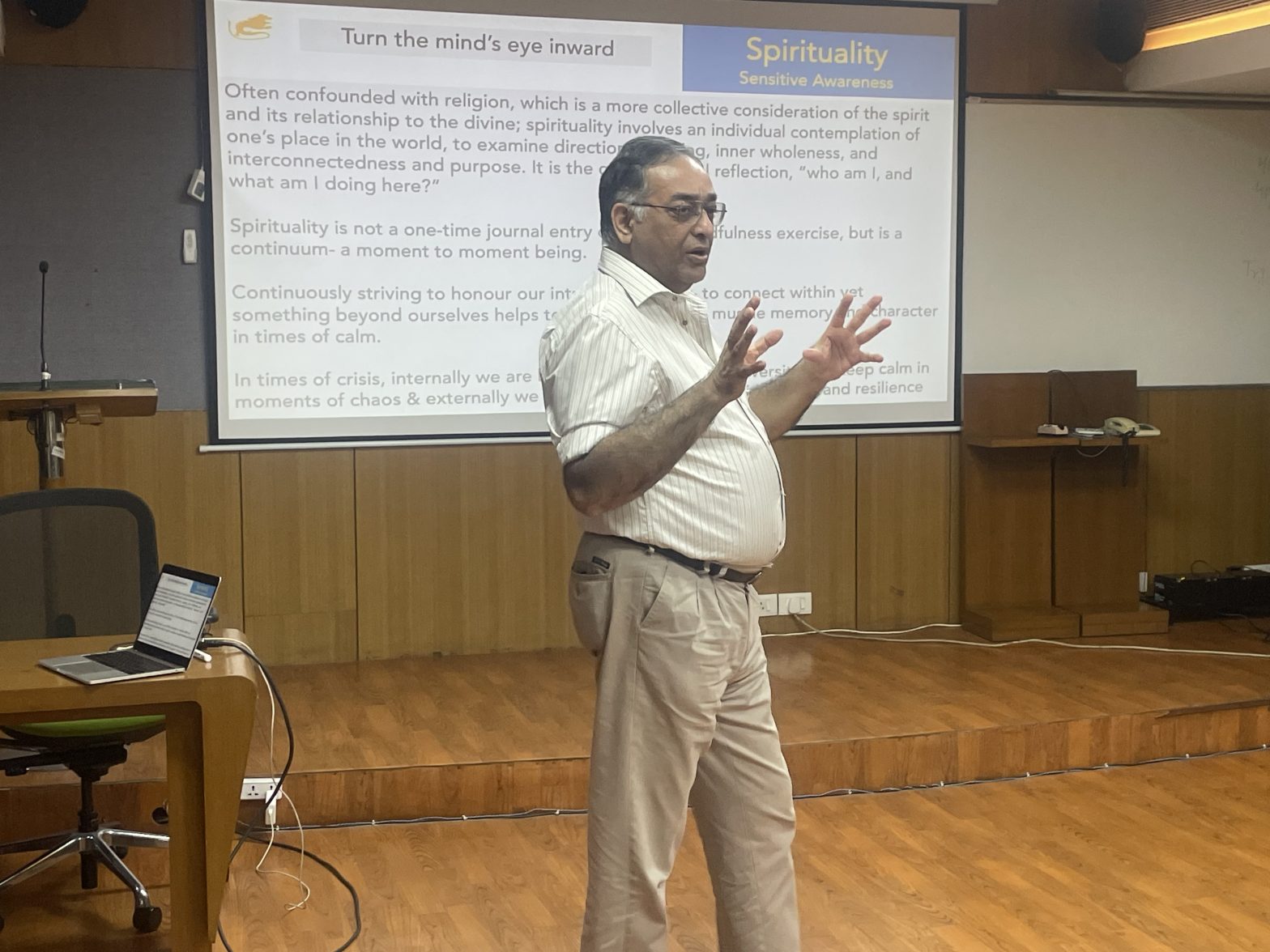
The Landscape:
Business Leaders at an Oil and Gas company felt the need for a formula that would help them drive growth and productivity at the workplace. Additionally they felt the need to help them discover inner peace and maintain an equilibrium, even during difficult, turbulent times and challenging situations.
The Challenge:
Leaders that lead departments and divisions are expected, not only to drive results; they need to be able to take a long term view, think holistically, create robust systems and fire fight when there are unexpected challenges that come up. Everyday pressures to perform, grow and maintain your inner calm is a tall ask, from any one person. This requires a slightly unconventional approach, a transformation of the inner self, to lead and grow.
The Solution:
We conducted a 2 day program for the leaders which had thought provoking themes like-Why is #Spirituality becoming the cornerstone for success in #businessleadership? How can we achieve inner #happiness and external #success at the same time?
The program tackled the complex subject of #Spirituality and why it is paramount and essential today for #business leaders who lead big corporations that impact people’s lives in multifarious ways.
Delineating from #religion, the program opened up vistas of #selfempowerment and purposive working in today’s world.
Some themes we explored during the program were:
1. What is the importance and benefits of #spirituality for leaders that sit at the head of organizations?
2. How can we find inner #peace and yet gain external #success?
3. How do we discover our true #purpose in life, work towards our goals with passion and discipline
Using the book #Cipher as a guide, we reflected and discussed laws that govern our lives and help us become more creative, more objective and above all more aware.
The Impact:
By the end of the program, participants had a clear roadmap on how to reconcile these tangential objectives-inner evolution and outward success- Both equally critical for all of us to be truly #HAPPY.
A personal blueprint for happiness and success!!!!!
